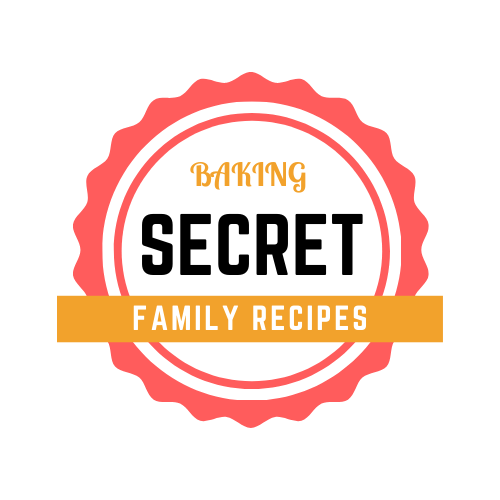American as apple pie and donuts, cheesecakes will always remain faithful to our tables and traditions. From New York to Chicago, ingredients may differ, but wholesome home cooking remains.
Buongiorno amici:
Today, we are featuring a cheesecake as part of the “Secret family recipes.” I am sure you have one of your own and have made cheesecakes before. Most people associate the cheesecake with New York, but history tells otherwise. It seems that some kind of cheese and eggs, sweetened with honey, was already present in the Greek island of Samos in 2 000 B.C. Used for weddings and competing athletes, cooked under hot stones without any toppings, and served warm.
Later with the Roman invasion, bakers poured the cheesecake batter into a pastry base credited to Marcus Cato, the Roman politician. He wrote the possible first recipe in the first century B.C. As the Romans expanded the empire, other variations were developed, including cakes made with cheese and yeast. The New York style is the most famous specimen we know, enriched by smooth-tasting cream cheese, extra eggs, and sour cream, but other cities worldwide claim their version. The German chef Arnold Reuben best known for his signature sandwich, is also credited with creating the New York-style cheesecake around the recent century. The recipe below has sour cream as one of the ingredients, possibly deriving from the Chicago area. Regardless of the territorial origins, let’s make it and taste the results.
Creamy Cheesecake recipe from Louise Tart from Congers New York. I made her recipe in my kitchen, and it took longer than expected, but it was worth the waiting time. The batter fills a 9-inch springform pan. You will need:
Four packages (8 ounces each of cream cheese, softened
One and 3/4 cups of sugar
Three tablespoons of all-purpose flour
Six large eggs, slightly beaten
Two egg yolks slightly beaten
One cup (1/2 pint) of sour cream
1/2 cup of heavy cream
Two teaspoons of pure vanilla flavoring
Two ounces of semi-sweet chocolate, melted
Procedure
Beat the cheese until light. Add sugar and beat on low speed until smooth and fluffy. Add the flour and mix well. Add eggs and yolks, a few at a time. Blend in sour cream and heavy cream, using the # 2 speed of your mixer.
Add the vanilla. Measure 1/2 cup of cheese mixture: blend in melted chocolate. Pour half of the cream cheese mixture into a 9-inch springform pan. Pour in half of the chocolate mixture and swirl with a fork. Repeat layers with the remaining batter. Bake at 300F for 1 hour and 10 minutes. Turn off the oven, and leave the cake in the oven for 1 hour. Remove from the oven and cool completely. Refrigerate for about 6 hours before serving. I agree it’s a long time to wait, but be patient. It is worth it!
Note: the featured image has a mixed berry topping blended with a sugar-free glaze made with Splenda. The base is the recipe you just read. I thought to share another topping option.
Also, the recipe is crust-less; therefore, I advise cooking it in a water bath.
Thanks for reading. Eat safe and wear a mask! Ciao Chef W
Download Chef Walters E-Books
Please tune in to our latest Flavors + Knowledge Podcast
Subscribe to the Italian version SAPERE + SAPORI
Subscribe to News you can eat 24 Video-Cast on YouTube
Support Chef Walters Children’s Diabetes Foundation
For recipes, visit the chef blog.
Note: The views and opinions expressed in the Flavors and Knowledge newsletters are those of the authors and do not necessarily reflect Flavors and Knowledge’s official policy or position. Our blogger’s or authors’ content is of their opinion and not intended to malign any religion, ethnic group, club, organization, company, individual, or anyone. Any general advice posted on our blog, website, or app is only for informational purposes and not intended to replace any medical or other advice.


